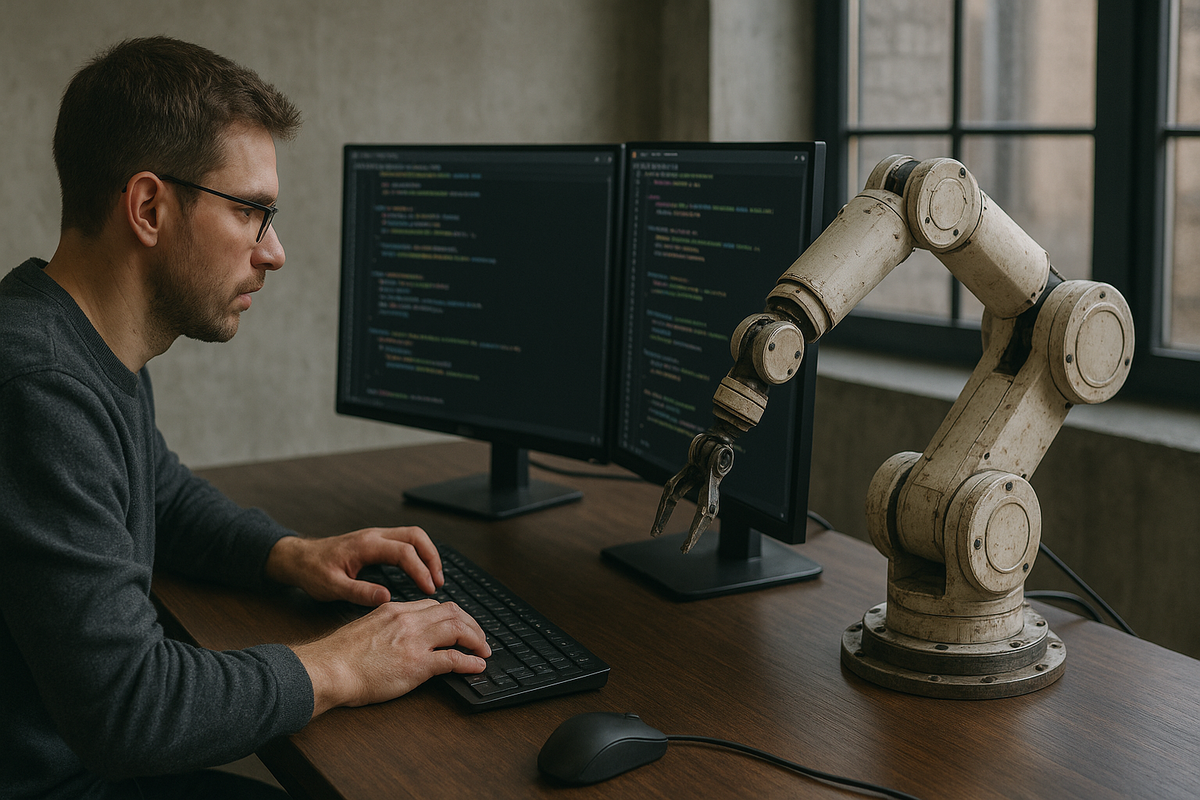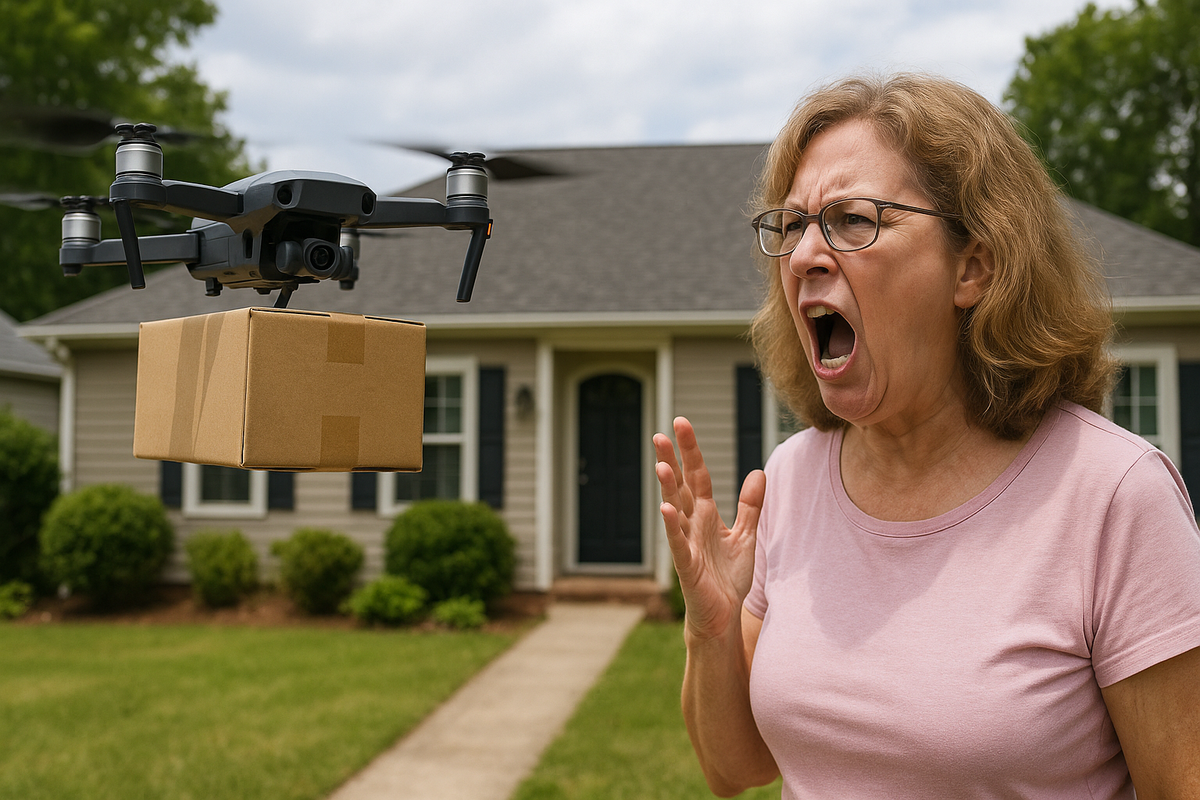Some skills will make your robotics career. Others will quietly kill it.
You won’t hear this in a classroom. You won’t find it on a résumé checklist. But if you’re betting your future on the wrong skills, you’re not leveling up—you’re self-sabotaging.
Because while everyone’s out here flexing about how many programming languages they know or name-dropping AI like it’s seasoning, the real game-changers? They’re mastering the boring, unsexy, elite stuff.
In this video, we break down:
- The most overrated skills in robotics (yes, we’re naming names)
- The underrated ones that actually get robots working
- Why debugging and systems integration might matter more than your entire GitHub
- And how poor communication can ruin even the smartest engineer
If you’re serious about robotics, stop chasing clout.
Watch this and find out what actually moves the needle.



